While African coffees are prominent in the specialty market, high-quality cacao from the continent has lagged. For the most part, it’s a problem of reputation. Environmental and labor abuses in West African countries like Ivory Coast and Ghana often make headlines. Low-quality yields in East and Central Africa meant bean-to-bar producers have largely avoided using cacao from Africa. Tanzania, now a familiar origin in the craft chocolate scene, was largely absent from chocolate market. That has all changed, however, thanks to an inspiring young company called Kokoa Kamili.
The Newcomers
When it comes to bean-to-bar chocolate of African origin, the most familiar origin has been Madagascar. The famed home of the Akesson estate and some of the best cacao on the market has long been a favorite of craft chocolate makers. A few producers toy with the occasional small-batch of Ghanian or Congolese cacao, but that was about it until Tanzania started making an appearance.
Tanzania’s rise to become a staple origin on the craft chocolate market in the past few years is thanks to the pioneering efforts of Kokao Kamili. Despite having ideal growing conditions for cacao, farms in Tanzania were often small and the quality was poor. Askinosie directly sourced cacao from Tanzania in 2010 and was the one of the only Tanzanian origin bars on the craft market for years.
That all changed in 2013 when a company called Kokoa-Kamili sold it’s first lot to the controversial Mast Brothers. Kokoa-Kamili means “exactly” in Swahili, the main trade language in most of East Africa. The idea behind the name was to encourage an emphasis on quality among Tanzanian cacao farmers. Producing a premium product fetches higher prices on a more stable market than the typical low-quality cocoa commodity market. Kokoa Kamili’s insistence on quality and farmer support over the past 5 years has helped bring high-quality Tanzanian cocoa to over 50 bean-to-bar makers from San Francisco to Reykjavik.
Kokoa-Kamili was founded by Simran Bindra and his business partner Brian LoBue two Stanford grads who met through mutual friends in Dar-es-Salaam. While eating some street food while waiting out rush hour traffic, they came up with the idea for their company. Recognizing the opportunity that existed, they set out to put Tanzania cocoa on the map. In a few short years, they’ve done just that.
A Challenging Environment
In many ways, Kokoa Kamili is to Tanzanian cacao what Qima is to Yemeni coffee. They purchase nano and pico lots of only high-quality beans – some as small as a few kilograms – from farmer’s around their base in Mbingu. Purchase prices average 20% over market rate, ensuring that incomes in the area rise. Then they dry and ferment centrally, carefully ensuring quality and delivery to their clients. This, of course, is much more difficult than it sounds.
While security is less of an issue in Tanzania than it is in Yemen, infrastructure is a major challenge. During the rainy season roads turn to mud and travel is extremely difficult. A journey of only a few kilometers can take hours. Most of Kokoa-Kamili’s cacao is transported by tuk-tuk-like vehicles – essentially motorbikes with small flatbeds attached. This solution wasn’t obvious. It was only devised after larger trucks got regularly stuck in the mud. A more nimble vehicle was needed, even if capacity per trip was reduced.
Sustainability
Kokoa Kamili has trained hundreds of farmers to produce superior cacao and put Tanzania cocoa on the chocolate map. Current production is over 125 metric tonnes, sold in quantities that range from 5 kilograms to entire container loads. Furthermore, they have planted over 200,000 cacao seedlings to help farmers expand their production. The company has also recently received organic certification for it’s cocoa, further assuring a sustainable higher-than-market prices for it’s farmers.
Today bean-to-bar makers around the world use Kokoa Kamili’s beans to craft some excellent bars. Our favorites are Dandelion Chocolate’s Tanzania 70% and Omnom of Iceland’s Tanzania 70%. Do you have a favorite Kokoa Kamili Tanzania bar? If so, let us know which one in the comments below!

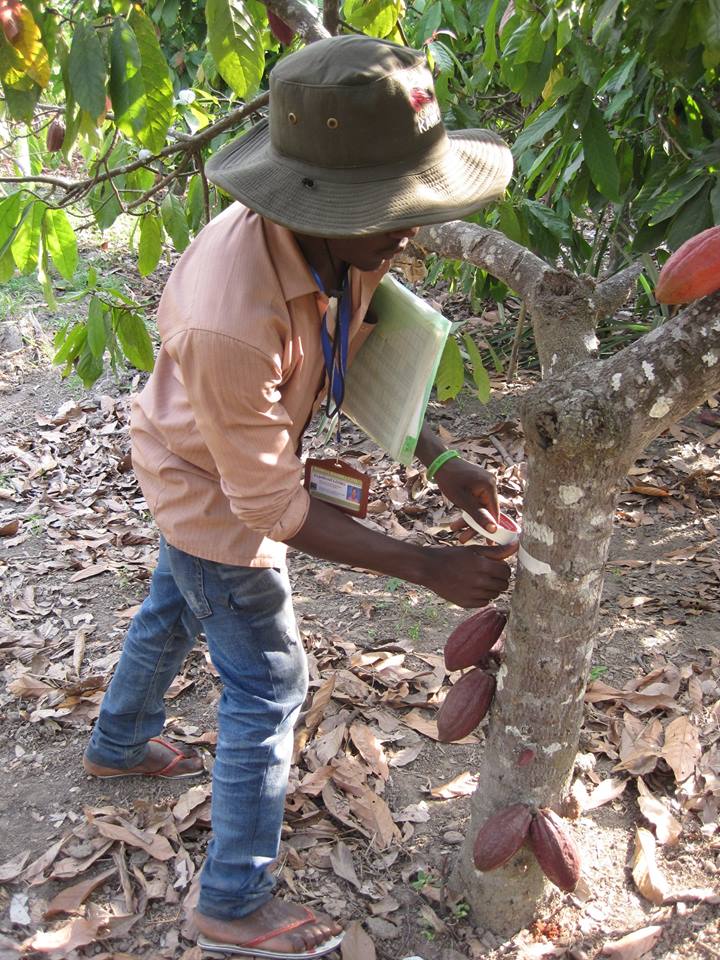
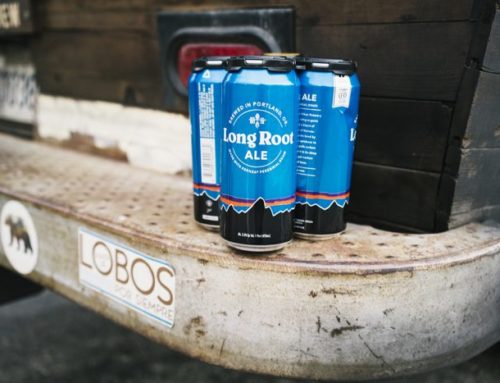
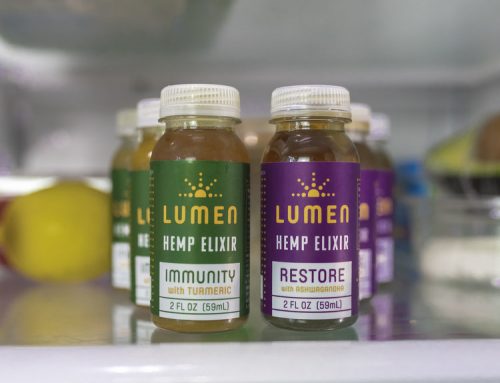
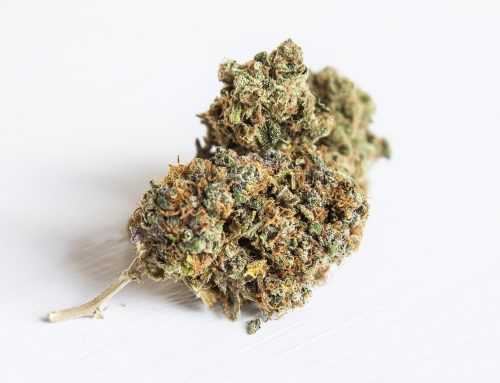
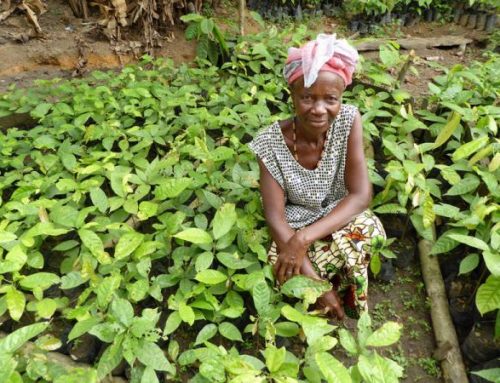
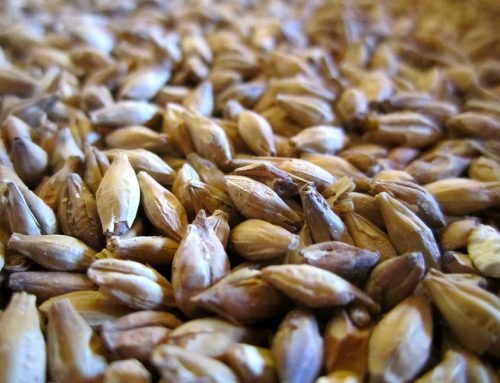
Ireland’s
Proper Cocolate 70% Cocoa with nibs and Achill Islsnd Sea Salt
Proper Chocolate 75% Cocoa
Both using Kokoa Kamili